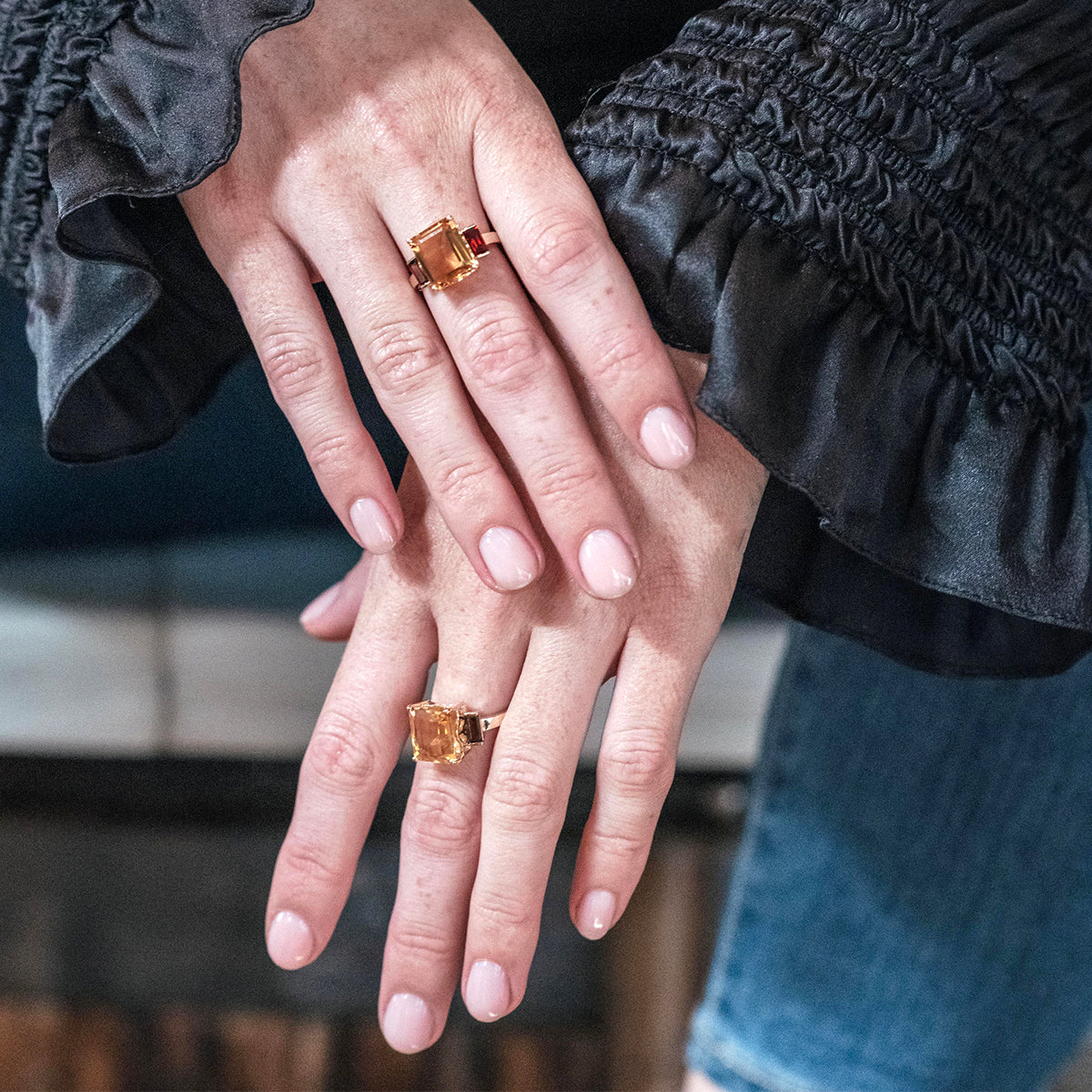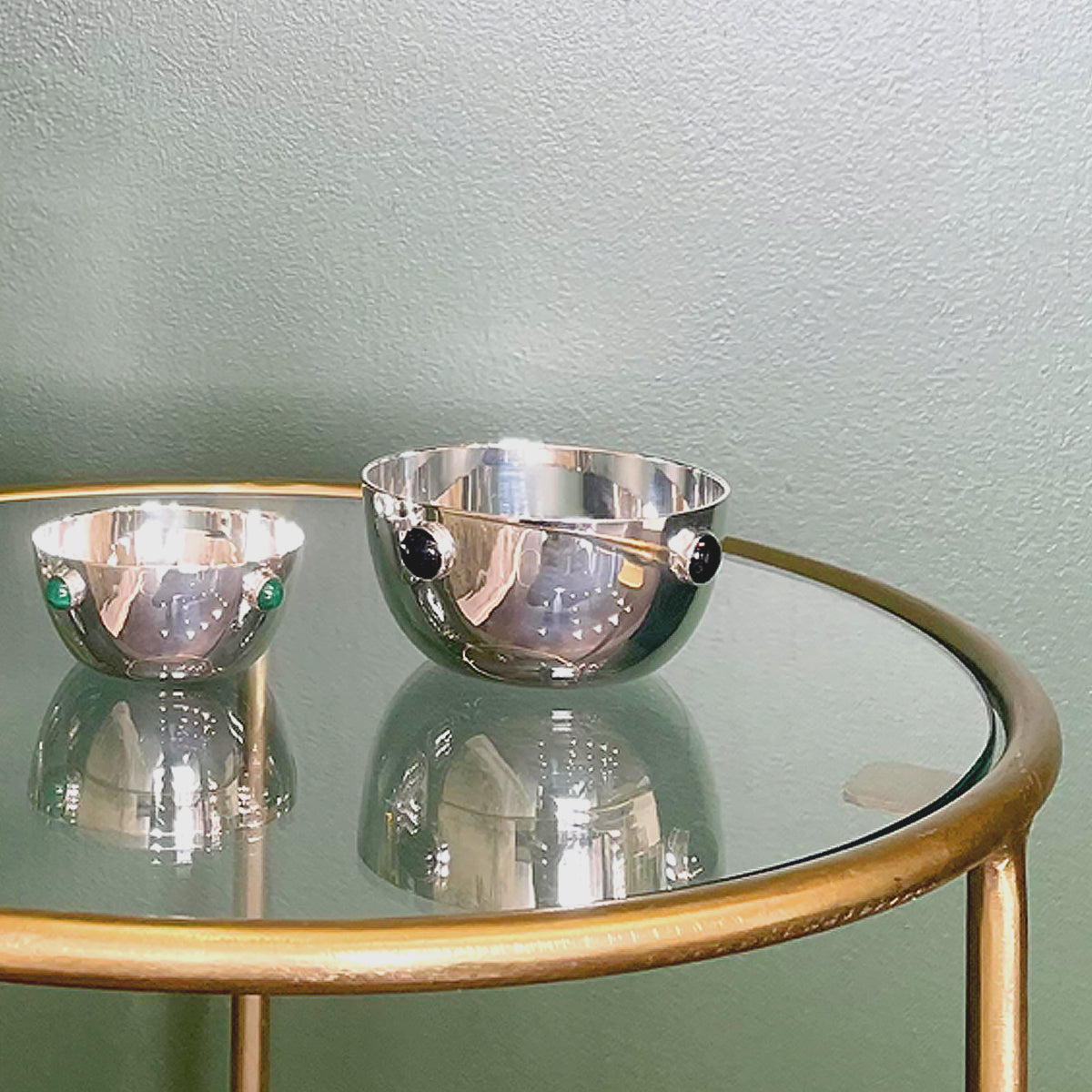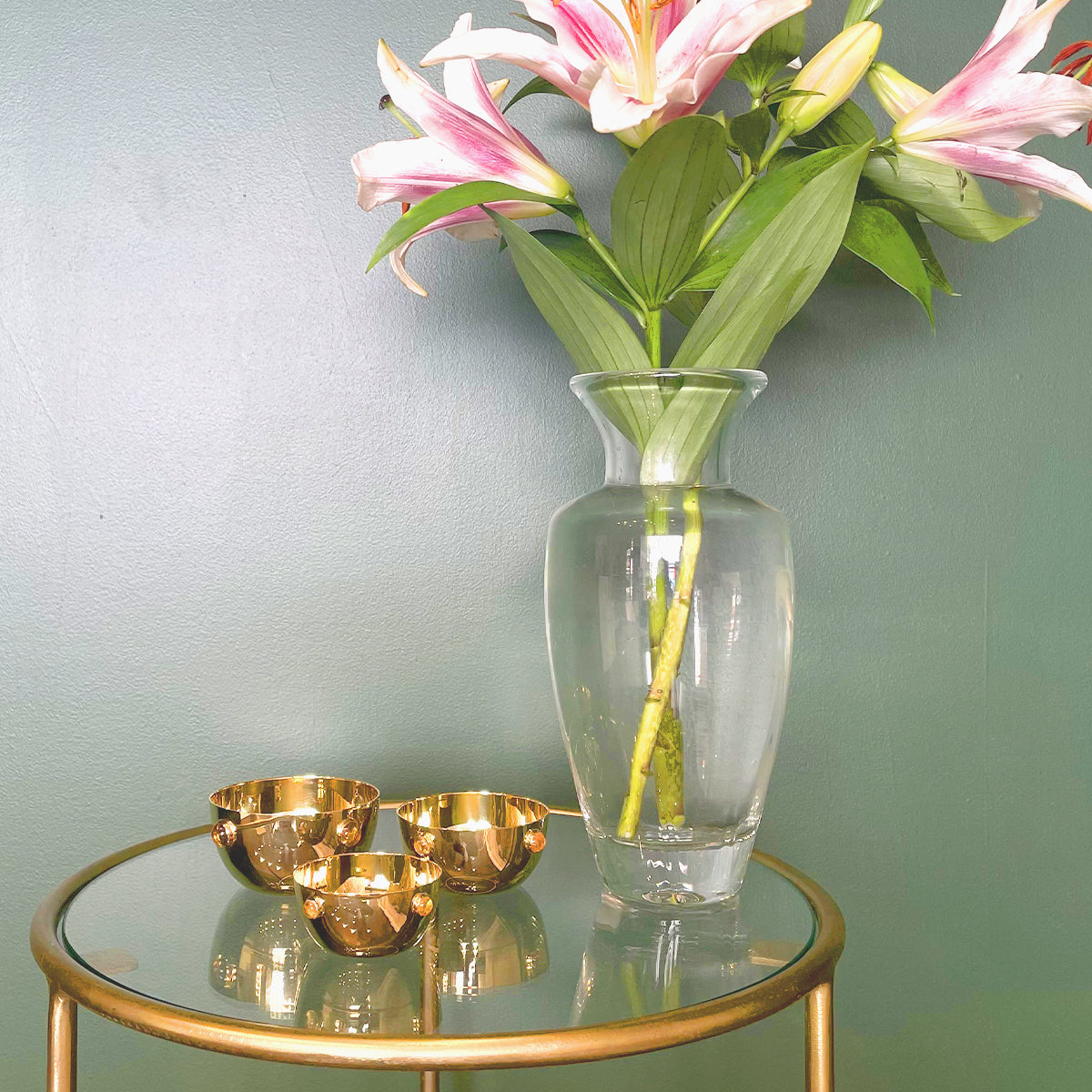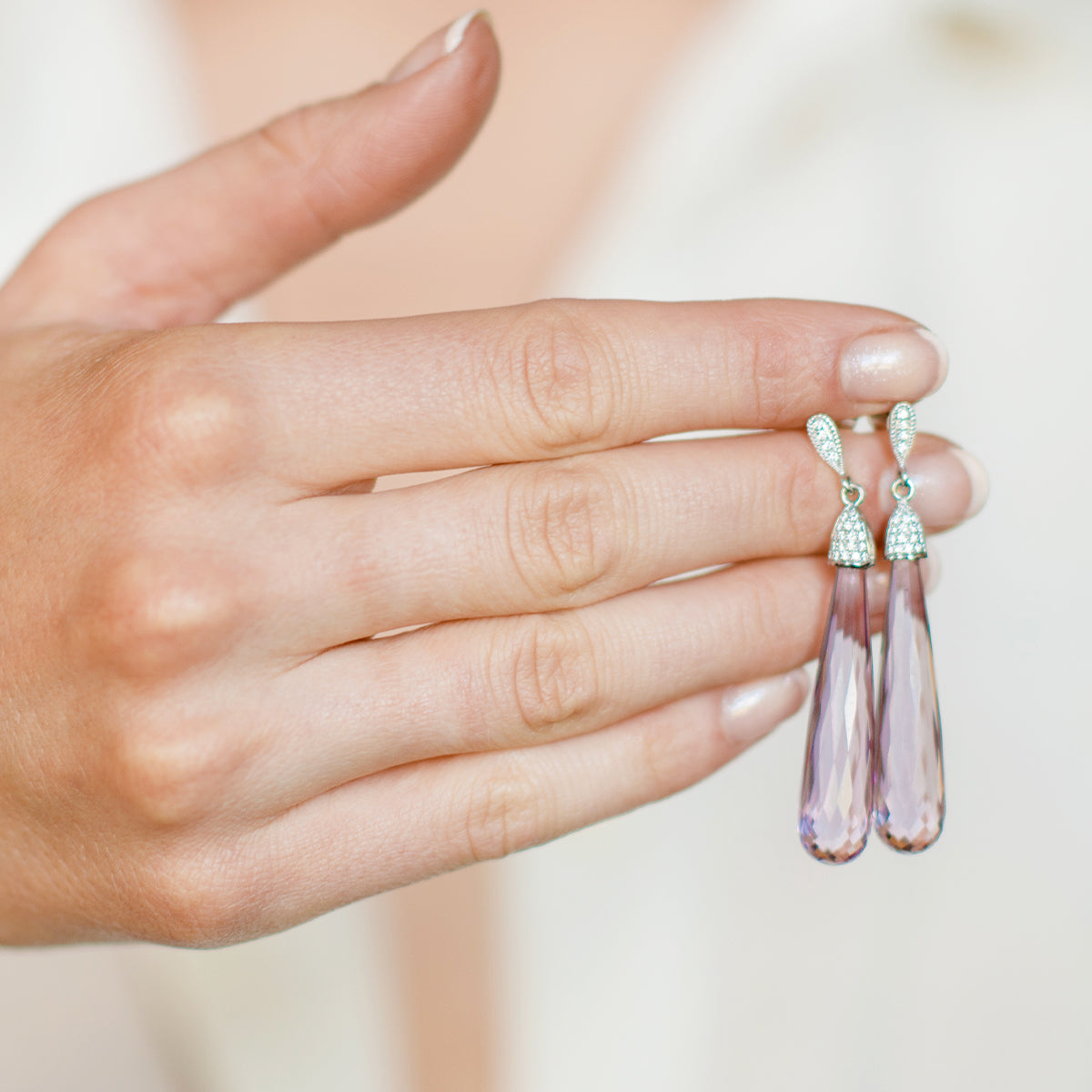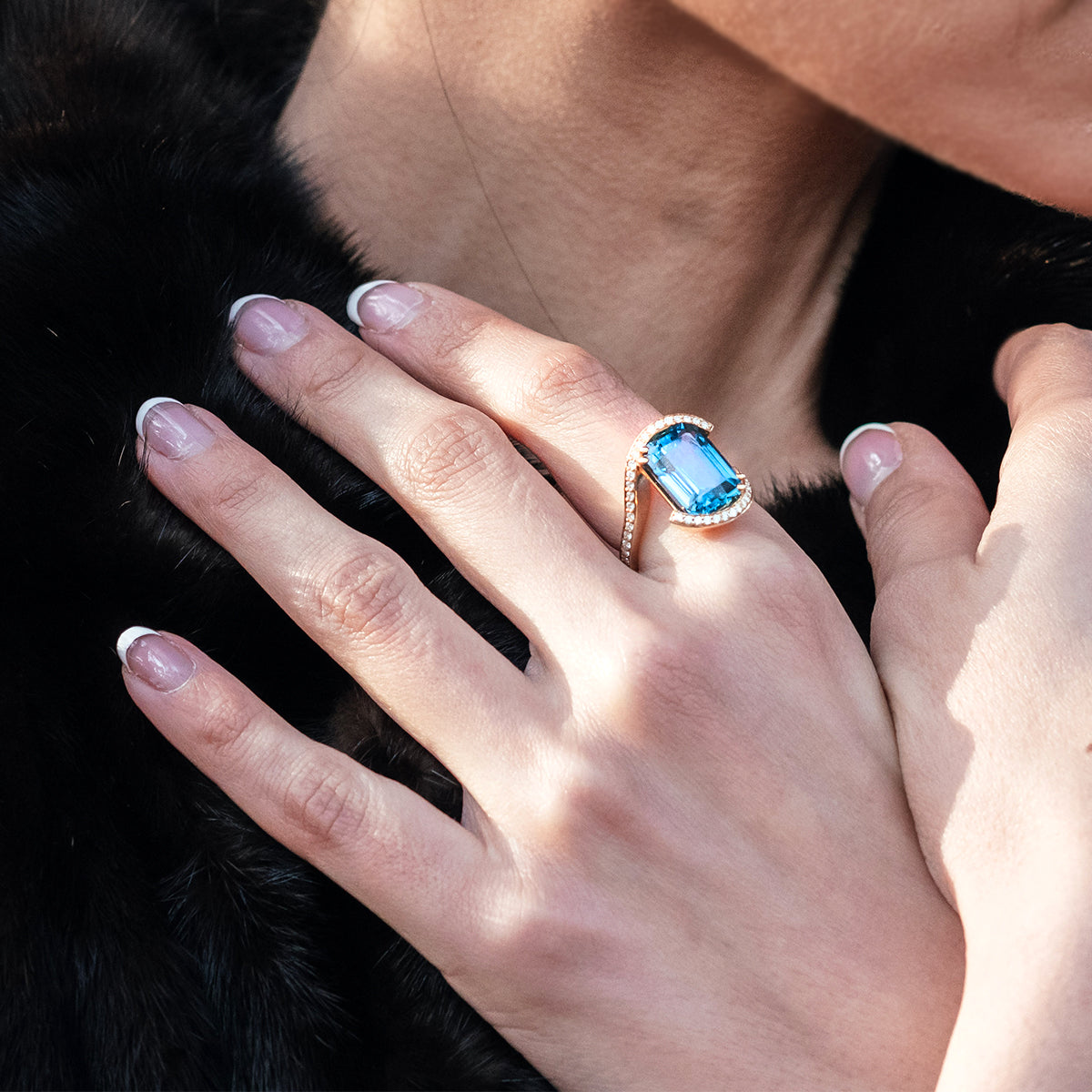
Pearl Overview
The word "pearl" traces its origins back to ancient languages, with its etymology rooted in Latin, Greek, and Sanskrit. In Latin, the term "perna" referred to a marine bivalve mollusk, which produced pearls. This Latin word evolved into "perle" in Old French and eventually became "pearl" in English. The Greek word "margarita" also contributed to the development of the term, denoting both the gem and the shellfish that produced it.
Pearl Birthstone
Pearls have been the birthstone for June for centuries, embodying the essence of this summer month. June, a time of renewal, mirrors the purity and grace inherent in pearls. Symbolizing innocence and purity, pearls are believed to bring luck and protection to those born in this month. Furthermore, pearls have long been associated with love and marriage, making them a fitting emblem for June brides and the celebration of union and commitment.
Pearl Hardness
Pearl hardness is a distinctive aspect of these organic gems, contributing to their durability and resilience. Despite their delicate appearance, pearls possess a notable toughness. Their hardness typically ranges between 2.5 and 4.5 on the MOHs scale, with variations depending on factors such as the type of pearl and its formation process. This ranking places pearls on the lower end of the scale compared to many other gemstones like diamonds and sapphires.
Pearl History
Pearls have held a cherished place in human history for millennia. Ancient civilizations such as the Egyptians adorned themselves with pearls, viewing them as symbols of purity and wealth. In ancient Rome, pearls were a status symbol worn by aristocrats and emperors, reflecting prestige and power. The Greeks associated pearls with love and marriage, often incorporating them into wedding attire to symbolize purity and unity. Greek mythology proclaimed pearls to be tears of joy shed by the goddess Aphrodite.Throughout Asia, pearls have been treasured for centuries, with civilizations like the Chinese and Japanese using them in ornate jewellery and as offerings to deities. In the Islamic world, pearls were highly prized and featured prominently in royal regalia and ceremonial attire. Across cultures, pearls have transcended mere adornment, representing purity, prosperity, and spiritual significance, leaving an indelible mark on the tapestry of human civilization.
Pearl Origins
Pearls trace their origins to various regions around the globe. Historically, the Persian Gulf, particularly Bahrain, was known for its pearling industry. Japan, with its rich tradition of cultivating Akoya pearls, has meticulous pearl farming techniques. Furthermore, the pristine waters of Australia have become a hub for cultivating South Sea pearls, prized for their impressive size and radiant hues. Not to be overlooked, the exotic islands of French Polynesia, including Tahiti, are renowned for their cultivation of exquisite black pearls, known for their mysterious allure. While these countries have traditionally dominated pearl production, emerging markets such as China and Vietnam have also made significant strides.
Pearl Types
Natural
Natural pearls, found in the wild, can be discovered in various regions globally, including the Persian Gulf and the waters off Panama. They're characterized by their irregular shapes and unique lustre, usually having a range of colours including white, cream, and pink, reflecting the environment in which they form.

Cultured
Akoya
Akoya pearls, known for their near-perfect spherical shape, originate primarily from Japan's coastal waters. They typically display a classic white or cream colour with hints of rose and silver overtones.

South Sea
South Sea pearls, prized for their impressive size and luminous hues, are cultivated in the pristine waters of Australia and Southeast Asia. South Sea pearls, prized for their remarkable size and satiny lustre, come in a variety of colours including white, silver, and golden hues, often with subtle undertones of pink or champagne.

Tahitian
Tahitian pearls, distinguished by their exotic dark colours and vibrant overtones, range from deep black to shades of gray, green, blue, and peacock, with a stunning array of iridescence. Tahitian pearls, celebrated for their exotic dark colours and striking overtones, are cultivated primarily in French Polynesia.

Freshwater
Freshwater pearls, known for their affordability and versatility, come in a wide spectrum of colours including white, cream, peach, lavender, and pink, often with a soft, lustrous appearance. Freshwater pearls, known for their affordability and versatility, are predominantly harvested from rivers and lakes in China, Japan, and the United States.

Pearl Meaning
Famous Pearls
Celebrities Wearing Pearl Jewellery
At the UK Barbie Premiere, the beautiful Margot Robbie wore an Assael three-row pearl choker as an homage to the Enchanted Evening Barbie doll. This beautiful pink ensemble matched with the delicate pearls, made an almost identical representation of the famous doll.
One of the most important pearl pieces of jewellery in decades has been Princess Diana's Sapphire and Pearl Choker Necklace. The Queen Mother's gift accompanies the Princess in many important events and became one of the most iconic pieces in her extensive collection.
Pearls at Augustine Jewels

White Gold Pearl & Diamond Drop Earrings, £900

Pearl Drop Yellow Gold Necklace, £225

White Gold Pearl Necklace, £450

Spinel & Pearl Tassel Necklace, £695

Double Pearl Silver Bangle, £350
Bespoke Pearls at Augustine Jewels

Pearl & Gemstone Drop Earrings, Bespoke Collection

Pearl and Yellow Gold Drop Earrings, Bespoke Collection
Top 5 Facts about Pearls
-
Lustre and Colour: Pearls are renowned for their lustre, which refers to their shine and reflection of light. The finest pearls have a bright, reflective surface known as a mirror-like lustre. Pearls also come in a range of colours, including white, cream, pink, black, and even more exotic shades like gold and lavender. The colour of a pearl depends on factors such as the type of mollusk and the environment in which it was formed.
-
Caring for Pearls: Pearls are delicate gemstones that require gentle care to maintain their lustre and beauty. They should be stored separately from other jewellery to prevent scratching, and avoid exposure to chemicals, perfumes, and cosmetics that can damage the surface of the pearls. To clean pearls, use a soft cloth dampened with water and mild soap, and gently wipe them to remove any dirt or residue.
-
Pearl Size: Pearls come in a wide range of sizes, from tiny seed pearls measuring less than 2 millimeters in diameter to large baroque pearls that can exceed 20 millimeters. The size of a pearl is determined by factors such as the size of the mollusk, the length of time the pearl was allowed to grow, and the quality of the nacre layers.
-
Pearl Powder: Pearl powder, made from finely milled pearls, has been used in traditional Chinese medicine and skincare for centuries. It's believed to have various health and beauty benefits, such as promoting radiant skin, reducing inflammation, and improving complexion. Today, pearl powder is still used in some skincare products and dietary supplements.
-
Pearl Symbolism in Art: Pearls have been depicted in art throughout history as symbols of wealth, luxury, and femininity. In Renaissance paintings, pearls were often used to adorn the clothing and accessories of royalty and aristocrats, symbolizing their status and refinement.
